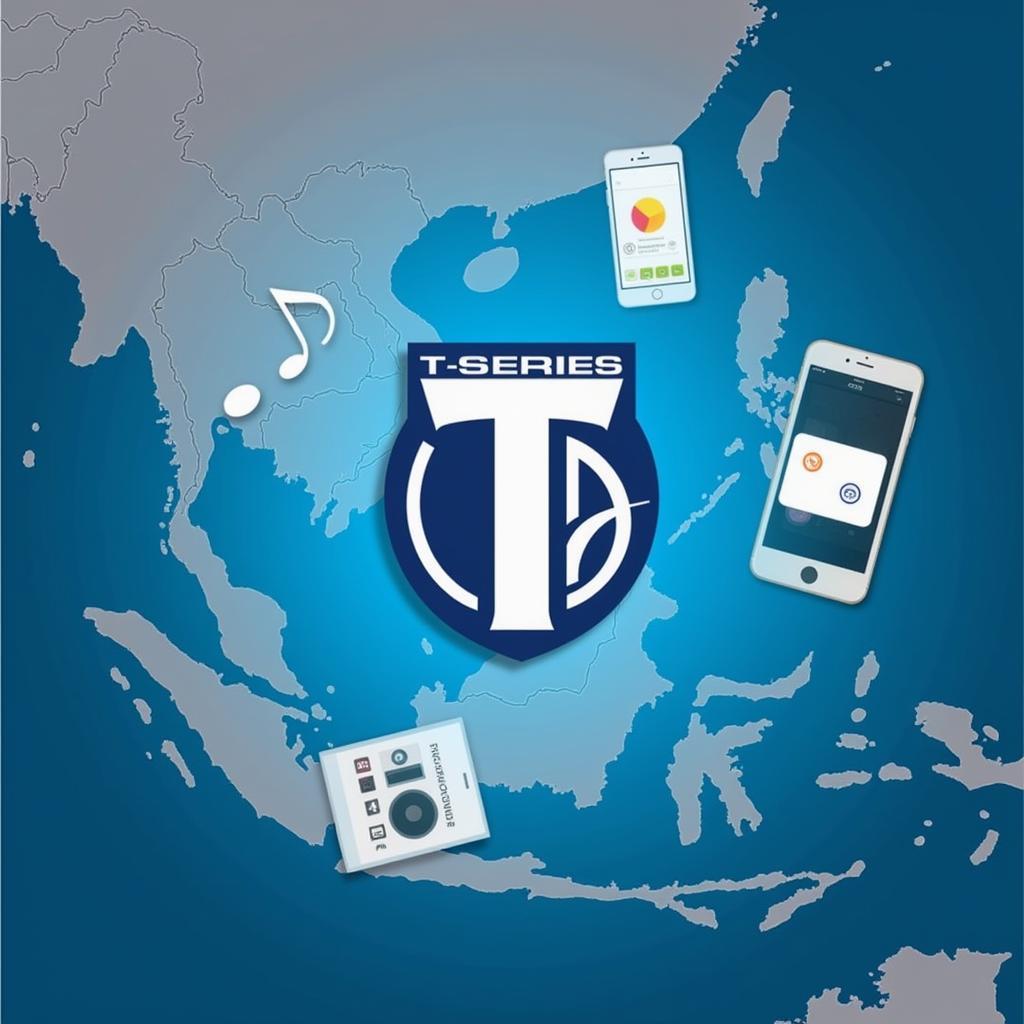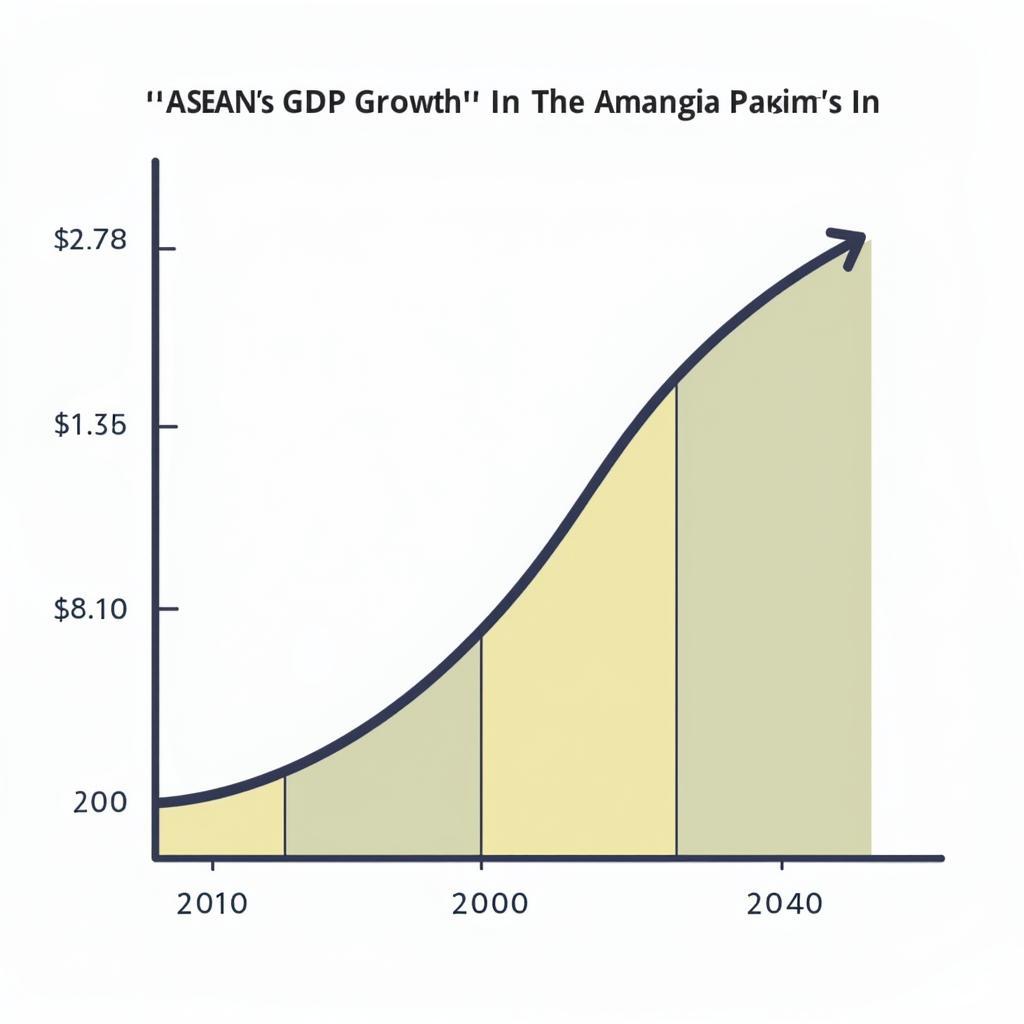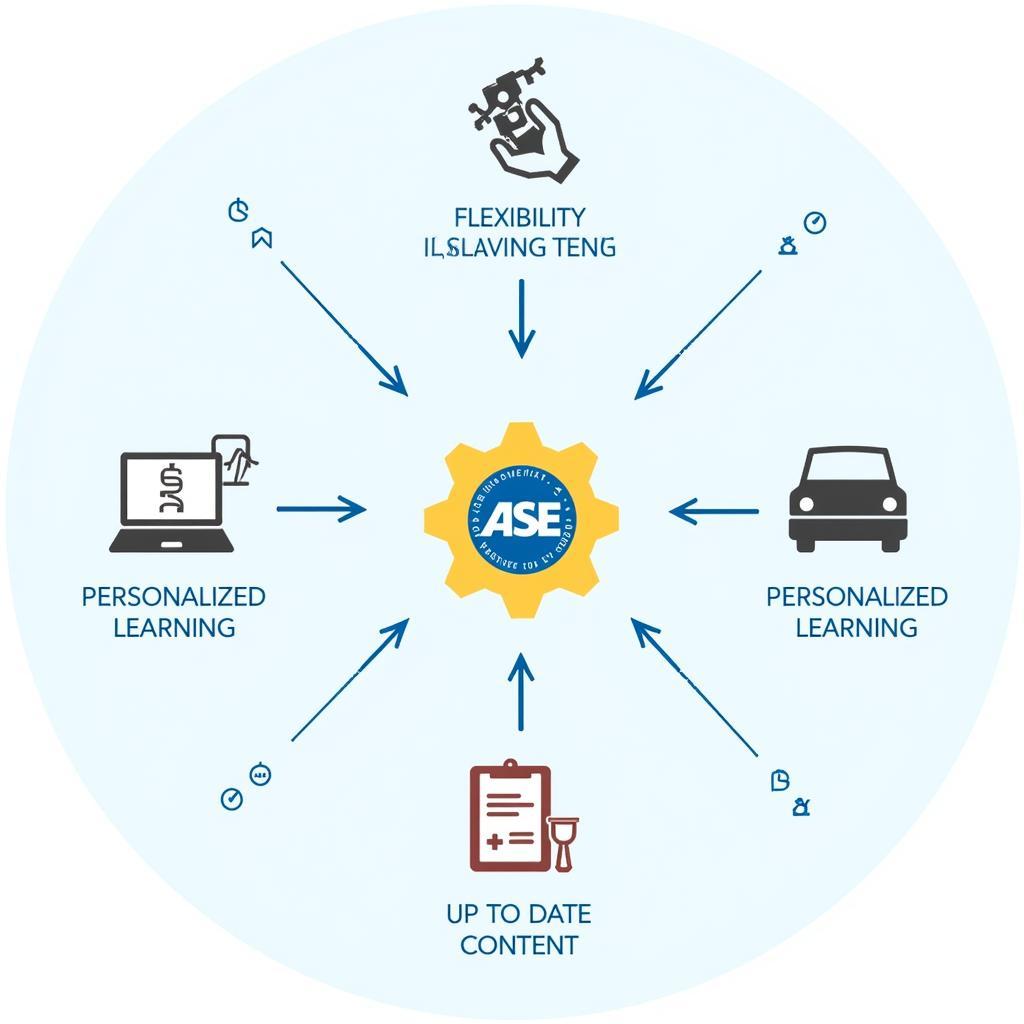The Asia-Pacific region is a hotbed of economic activity and geopolitical significance, home to a complex web of international organizations that play crucial roles in shaping the global landscape. Among the most influential are APEC, ASEAN, and the G20, each with its unique focus and membership, yet interconnected in their pursuit of regional and global stability and prosperity.
Navigating the Acronyms: A Closer Look at Each Organization
To understand the interplay between these organizations, it’s crucial to first understand their individual mandates and memberships:
-
ASEAN (Association of Southeast Asian Nations): Established in 1967, ASEAN focuses on promoting economic, political, and security cooperation among its 10 Southeast Asian member states. ASEAN plays a crucial role in fostering dialogue and collaboration in a region known for its diversity and, at times, conflicting interests.
-
APEC (Asia-Pacific Economic Cooperation): Founded in 1989, APEC is a forum for 21 economies across the Pacific Rim, including the US, China, Japan, and Russia. Unlike ASEAN, APEC’s focus is primarily economic, aiming to promote free trade, investment, and economic growth within the region.
-
G20 (Group of Twenty): Established in 1999, the G20 brings together the world’s 19 largest economies plus the European Union. Its primary focus is on global economic governance, addressing issues like financial stability, climate change, and sustainable development. Notably, several ASEAN members (Indonesia, Thailand) and all APEC members are also part of the G20.
Synergies and Challenges: Where These Organizations Intersect
The overlapping memberships and shared interests of APEC, ASEAN, and the G20 create both opportunities and challenges.
Synergies:
- Promoting Free Trade and Investment: Both APEC and ASEAN advocate for free trade agreements and economic integration, fostering a more open and interconnected Asia-Pacific region.
- Addressing Global Challenges: The G20’s focus on global issues aligns with ASEAN and APEC’s regional efforts in areas like climate change, sustainable development, and pandemic preparedness.
- Platform for Dialogue and Cooperation: These forums provide platforms for leaders to engage in dialogue, build relationships, and address shared challenges through collaboration.
Challenges:
- Differing Priorities: The diverse economic and political interests of member states, particularly between developed and developing countries, can sometimes lead to differing priorities and challenges in reaching a consensus.
- Competition for Influence: With multiple organizations operating in the same region, there can be competition for influence and overlapping mandates, potentially leading to inefficiency or duplication of efforts.
- Implementation and Enforcement: Translating agreements and commitments reached within these forums into concrete actions and ensuring effective implementation across diverse member states can be challenging.
A Future Intertwined: The Significance of APEC, ASEAN, and the G20
The future of the Asia-Pacific region, and indeed the world, will be significantly shaped by the actions and interactions of APEC, ASEAN, and the G20. As the global landscape evolves, marked by rising geopolitical tensions, economic uncertainties, and pressing global challenges, the role of these organizations in fostering dialogue, cooperation, and concrete action becomes ever more crucial.
FAQs
1. What is the main difference between APEC and ASEAN?
While both organizations promote regional cooperation, ASEAN focuses broadly on political, economic, and security issues among Southeast Asian nations, while APEC’s primary focus is on economic cooperation across the broader Asia-Pacific region, including major economies like the US and China.
2. How does the G20 impact ASEAN and APEC?
The G20’s focus on global economic governance sets the stage for broader economic policies that impact both ASEAN and APEC members. Decisions made within the G20 on issues like trade, finance, and development can influence the economic landscape of the Asia-Pacific region.
3. Are there any other regional organizations operating in Southeast Asia?
Yes, in addition to ASEAN, other regional organizations active in Southeast Asia include the Mekong River Commission (MRC), the Bay of Bengal Initiative for Multi-Sectoral Technical and Economic Cooperation (BIMSTEC), and sub-regional groups like the Greater Mekong Subregion (GMS).
Need More Information?
For inquiries and support, contact Asean Media at:
Phone: 0369020373
Email: aseanmediadirectory@gmail.com
Address: Thôn Ngọc Liễn, Hiệp Hòa, Bắc Giang, Việt Nam
Our dedicated customer service team is available 24/7 to assist you.


